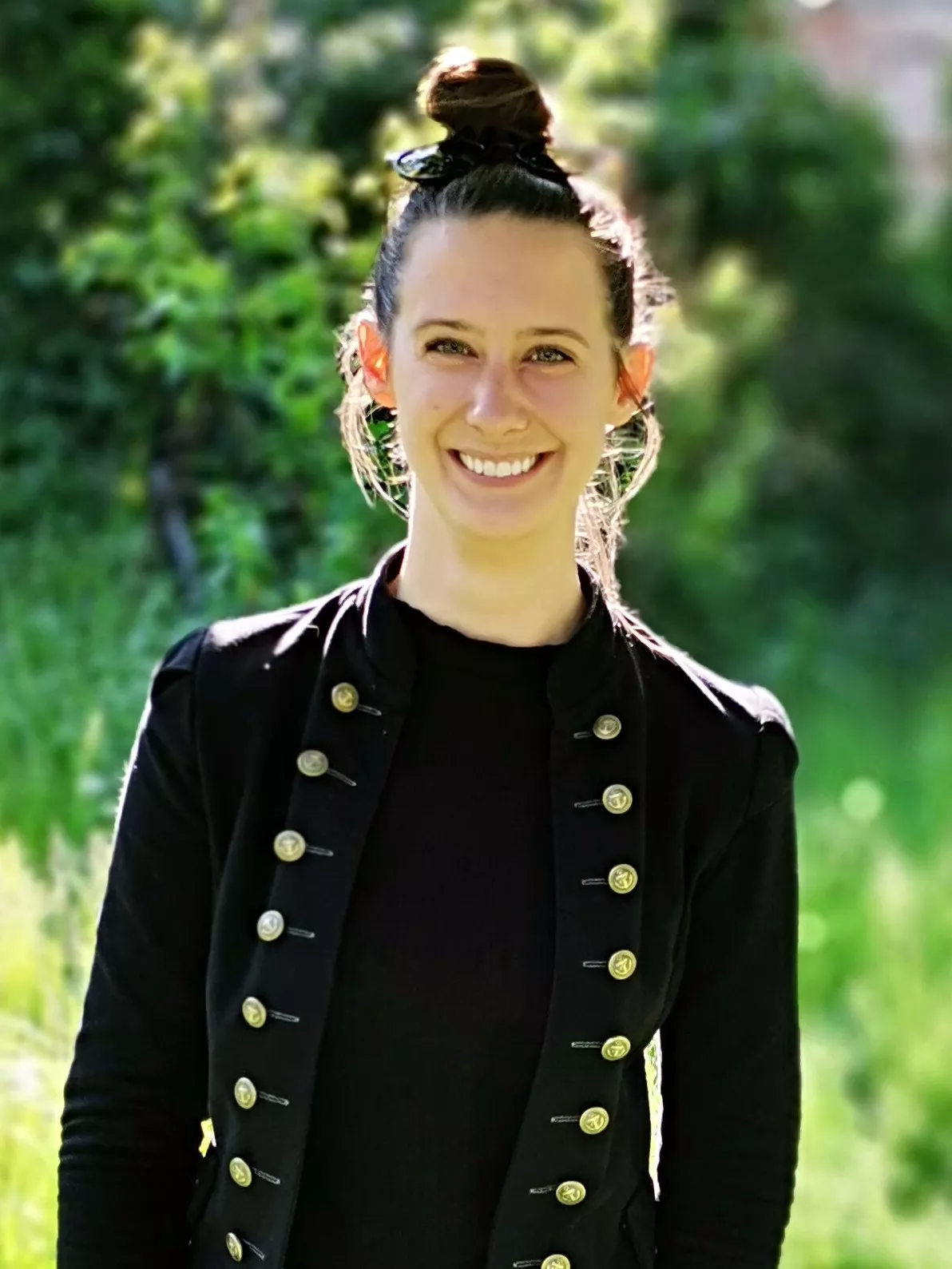
Förderjahr 2021 / Stipendien Call #16 / ProjektID: 5843 / Projekt: Impact of Artificial Intelligence on Women’s Human Rights
CEDAW does not define equality in detail however, the Committee on CEDAW clarifies the understanding of equality for the elimination of discrimination against women. It explains that the framework of the Convention is threefold. First, there is an obligation that women are not discriminated against and are protected against discrimination in public and private spheres. Second, there is an obligation for all states to improve the de facto situation of women.[1] Article 2 clarifies that women have equal rights and should not be treated differently because they are women. In addition to this formal equality approach, CEDAW acknowledges the right to substantive equality, for which temporary special measures are necessary and allowed.[2] Third, gender relations and gender-based stereotypes that affect women in legal, societal and individual structures have to be addressed by state parties.[3] The Convention thus acknowledges ‘personal convictions, cultural practices and traditional values’ which lead to discrimination against women and addresses the ‘systematic and structural discrimination’ in countries’ laws and policies.[4] The aim of substantive equality is a change in existing social structures, resulting in transformative equality.[5]
The Committee clarifies that ‘a purely formal legal or programmatic approach is not sufficient to achieve women’s de facto equality with men’. The Committee speaks about substantive equality, which is necessary to achieve ‘equality of results’. Differences between women and men – biological as well as social and cultural differences – must be considered. Therefore, it is not enough to guarantee women the same treatment as men – non-identical treatment is sometimes necessary to take those differences into account.[6]
By definition, equality is ‘the right of different groups of people to have a similar social position and receive the same treatment’.[7] The term equality can be traced back to Aristotle, with the definition to ‘treat like cases as like’.[8] The term refers to equal treatment, with individual or group characteristics irrelevant to a particular decision. It ‘focuses on the content of laws and practices and their even-handed application’, which can help ‘advance the equal enjoyment of rights’.[9] However, the formal understanding of equality fails to properly acknowledge differences and diversity among people and does not take into account underlying discriminatory social structures. The approach is criticised as reinforcing existing androcentric structures and values so that ‘women can only claim to be entitled to those things that men already enjoy, but the recognition of such claims does little to change existing social structures or to recognize the respects in which women are different from men’.[10]
Fredman argues that equality should be seen in the social context of those who are disadvantaged, demeaned, excluded or ignored.[11] She argues in favour of substantive equality, which is the kind of equality, the CEDAW Committee uses in the explanation of Article 4 of CEDAW.[12] Substantive equality also refers to the ‘different approach’ the second aspect of Aristotle, meaning ‘that unlike things should be treated in an unlike manner, in proportion to their unlikeness’. Different treatment in such cases is not discriminatory but is necessary, as a certain person is not similarly situated. The term substantive equality also refers to laws, policies or practices which may appear neutral but that disproportionately and unjustifiably exclude women, resulting in indirect discrimination.[13]
[1] Committee for the Elimination of All Forms of Discrimination against Women (CEDAW), ‘General Recommendation No 25’ (2004), para 6, 7.
[2] Rikki Holtmaat, ‘The CEDAW: a holistic approach to women’s equality and freedom’, 106 in Anne Hellum and Henriette Sinding Aasen, ‘Women’s Human Rights: CEDAW in International, Regional and National Law’ Cambridge University Press (2013).
[3] Committee for the Elimination of All Forms of Discrimination against Women (CEDAW), ‘General Recommendation No 25’ (2004), para 6, 7.
[4] Rikki Holtmaat, ‘The CEDAW: a holistic approach to women’s equality and freedom’, 106 in Anne Hellum and Henriette Sinding Aasen, ‘Women’s Human Rights: CEDAW in International, Regional and National Law’ Cambridge University Press (2013) and Sandra Fredman, ‘Beyond the dichotomy of formal and substantive equality. Towards new definitions of equal rights’ in I. Boerei jn et al . (eds.), Temporary Special Measures: Accelerating de facto Equality of Women Under Article 4(1) UN Convention on the Elimination of All Forms of Discrimination against Women (Antwerp/Oxford/New York : Intersentia , 2003 ) 116 (111-118).
[5] Sandra Fredman, Substantive equality revisited, Oxford University Press and New York University School of Law, 733f., 2016, <doi.org/10.1093/icon/mow043>.
[6] CEDAW, ‘General Recommendation No 25’, para 8.
[7] Cambridge Dictionary, equality, <dictionary.cambridge.org/de/worterbuch/englisch/equality>.
[8] Stanford Encycolpedia of Philosophy, Equality, 26 April 2021, <plato.stanford.edu/entries/equality/#FormEqua>.
[9] Marsha A Freeman, Christine Chinkin and Beata Rudolf (eds), The UN Convention on the Elimination of all Forms of Discrimination Against Women: A Commentary (Oxford University Press 2012) 53f.
[10] Ibid, 54.
[11] Sandra Fredman, Substantive equality revisited, Oxford University Press and New York University School of Law, 712f., 2016, <doi.org/10.1093/icon/mow043>.
[12] CEDAW, ‘General Recommendation No 25’, para 8.
[13] Marsha A Freeman, Christine Chinkin and Beata Rudolf (eds), The UN Convention on the Elimination of all Forms of Discrimination Against Women: A Commentary (Oxford University Press 2012) 54f.


